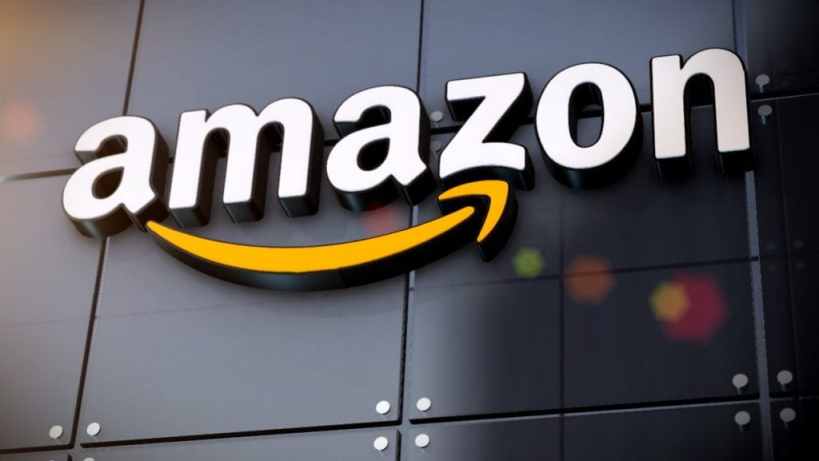Amazon plans to replace 600,000 jobs with robots and AI

Amazon is betting big on automation. Internal documents reviewed by The New York Times reveal plans to automate 75% of its warehouse operations using advanced robotics — a move that could eliminate the need for more than 600,000 new hires by 2033. The strategy is framed as a long-term shift toward efficiency and cost savings, not a wave of layoffs. Amazon says it will rely on natural attrition instead of job cuts as it reshapes how its warehouses run.
The plan comes as Amazon expects its sales to double over the next decade. To keep up without ballooning labor costs, the company is turning to machines to handle much of the picking, packing, and delivery work once done by humans.
By 2027, Amazon expects to avoid hiring over 160,000 workers in the U.S. alone, saving about 30 cents per item shipped and generating an estimated $12.6 billion in efficiency gains between 2025 and 2027. Extending through 2033, that number grows to 600,000 avoided hires — the equivalent of wiping out the population of a mid-sized city from its future workforce projections.
“Amazon plans to replace more than half a million jobs with robots. Internal documents show the company that changed how people shop has a far-reaching plan to automate 75 percent of its operations,” The New York Times reported.
Amazon Plans to Replace More Than Half a Million Jobs, Automating 75% of Its Operations with Robots and AI
Inside Amazon’s automation blueprint, its robotics division — with over 3,000 engineers and corporate staff — is leading the charge. More than one million robots are already deployed across its global facilities, forming a modular system that functions like industrial “Legos.” The company’s Shreveport, Louisiana, warehouse offers a glimpse of that future. Roughly 1,000 robots there have already reduced human staffing needs by 25% this year, with plans to cut that number in half again next year. Amazon expects to replicate the model in about 40 facilities by the end of 2027.
At older sites, retrofits are underway. In Stone Mountain, Georgia, a warehouse employing 4,000 people is being retooled to handle 10% more items while operating with up to 1,200 fewer workers through attrition. The cost of this automation push has been trimmed to under $10 billion — a reflection of CEO Andy Jassy’s focus on efficiency since taking over in 2021.
Amazon insists the transition won’t mean mass layoffs. The company says it’s investing in upskilling programs, including a mechatronics apprenticeship that has already trained nearly 5,000 workers since 2019. New roles are emerging in robotics maintenance and rural delivery, where technicians earn about $24.45 per hour — higher than the $19.50 starting wage for standard hourly employees.
Udit Madan, Amazon’s worldwide operations leader, said that savings from automation have often led to new jobs in other areas, such as delivery depots in underserved regions. For the upcoming 2025 holiday season, Amazon still plans to hire 250,000 workers, though it hasn’t said how many will be permanent. Chief technologist Tye Brady backed that collaborative message, saying robots are meant to “amplify” human capabilities, making warehouses safer and more productive — not replacing workers outright.
After the NYT report surfaced, Amazon spokesperson Kelly Nantel called the documents “just one team’s perspective,” saying they don’t represent the company’s full hiring strategy. She added that no other company has created more U.S. jobs over the past decade. Nantel also dismissed claims that Amazon is trying to soften the optics of automation through internal language shifts, saying there’s “no directive to avoid terms like ‘automation’ or ‘AI.’”
Still, not everyone is convinced. MIT economist and Nobel laureate Daron Acemoglu warned that Amazon’s scale gives it unmatched leverage to push automation deeper into the economy. “Nobody else has the same incentive as Amazon to find the way to automate. Once they work out how to do this profitably, it will spread to others, too,” he said. Acemoglu believes this could turn Amazon from a “net job creator” into a “net job destroyer,” reshaping employment across retail and logistics.
Those ripple effects could hit hardest among groups already vulnerable to displacement. Amazon’s warehouse workforce is disproportionately Black — three times more likely than the average U.S. worker — which raises concerns about widening racial inequality as automation advances. Internally, Amazon has floated efforts to maintain goodwill through community engagement programs like parades and Toys for Tots drives, portraying itself as a responsible employer amid major change.
The timing of the shift reflects both pressure and opportunity. Amazon processed 6.3 billion U.S. deliveries last year, and its “Delivering the Future” event highlighted how AI and robotics will drive the next phase of efficiency. But the company’s growing dependence on machines has also reignited debates about what happens when technology outpaces job creation.
For Amazon, this is about staying ahead in logistics efficiency. For critics, it’s a preview of a future where automation concentrates profits and hollows out middle-class jobs. As Acemoglu warns, once Amazon proves the economics work, the rest of the industry will follow.




